Home>Ideas and Tips>Indoor Air Quality: Identifying And Eliminating Common Toxins


Ideas and Tips
Indoor Air Quality: Identifying And Eliminating Common Toxins
Published: October 27, 2024
Improve indoor air quality by identifying and eliminating common toxins like mold, VOCs, and radon. Learn effective strategies for a healthier home.
(Many of the links in this article redirect to a specific reviewed product. Your purchase of these products through affiliate links helps to generate commission for Storables.com, at no extra cost. Learn more)
Indoor air quality is a critical aspect of our health and well-being, yet it often goes unnoticed until it becomes a significant issue. The air we breathe indoors can be polluted by a variety of toxins, ranging from carbon monoxide and radon to volatile organic compounds (VOCs) and biological contaminants like mold and bacteria. In this article, we will delve into the common toxins that affect indoor air quality, their sources, and most importantly, how to identify and eliminate them.
Introduction
Indoor air pollution is a global issue that affects millions of people worldwide. The U.S. Environmental Protection Agency (EPA) estimates that Americans spend approximately 90% of their time indoors, where the concentrations of some pollutants are often 2 to 5 times higher than typical outdoor concentrations. This prolonged exposure to indoor pollutants can lead to a range of health issues, including respiratory diseases, heart disease, cognitive deficits, and even cancer.
Types of Indoor Air Pollutants
Indoor air pollutants can be broadly categorized into several types:
-
Combustion Byproducts
- Carbon Monoxide (CO): An odorless and toxic gas produced by burning fuel in cars, trucks, small engines, stoves, lanterns, grills, and other appliances. High levels of CO can be lethal, causing headaches, dizziness, and nausea.
- Particulate Matter (PM): Fine particles released from combustion processes, including wood-burning stoves and fireplaces. These particles can cause eye and throat irritation, exacerbate respiratory conditions like asthma, and increase the risk of heart disease.
- Environmental Tobacco Smoke (ETS): Also known as secondhand smoke, ETS contains over 7,000 chemicals, many of which are toxic and carcinogenic. It can cause lung cancer and other respiratory diseases.
-
Biological Contaminants
- Mold: A common indoor pollutant that thrives in damp environments. Mold spores can cause allergic reactions, respiratory issues, and even neurological problems. Ideal humidity levels should be between 35-45% to prevent mold growth.
- Bacteria and Viruses: These microorganisms can cause a variety of health issues, especially with prolonged exposure. Proper ventilation and cleaning practices are essential to control their presence.
-
Volatile Organic Compounds (VOCs)
- Paints and Coatings: Many paints contain VOCs that release fumes as they dry. These fumes can cause headaches, dizziness, and other health problems. Using low-VOC paints or painting outdoors can significantly reduce exposure.
- Cleaning Supplies: Household cleaning products often contain VOCs that contribute to indoor air pollution. Opting for fragrance-free, nontoxic cleaning products is a healthier alternative.
- Furniture and Building Materials: New furniture and building materials can release VOCs as they off-gas. Using high-quality materials with low VOC emissions can help mitigate this issue.
-
Radon
- Radon is a colorless, odorless gas that comes from the decay of radioactive elements in soils. It can enter indoor spaces through cracks or gaps in buildings and is responsible for about 21,000 U.S. deaths from lung cancer annually.
-
Other Gases
- Carbon Dioxide (CO2): While CO2 is naturally occurring, high levels can indicate inadequate ventilation and contribute to other pollutants building up in the air. Keeping CO2 levels below 700 ppm above outdoor concentrations helps control other pollutants.
- Nitrogen Dioxide (NO2): This gas is often produced by gas stoves and fireplaces. It can cause eye irritation and exacerbate respiratory conditions like asthma.
- Ammonia: Found in household cleaners and other products, ammonia can cause respiratory issues and eye irritation.
Sources of Indoor Air Pollution
Indoor air pollutants can originate from both indoor and outdoor sources:
Indoor Sources
-
Human Activities
- Smoking, vaping, and marijuana smoking release harmful chemicals directly into the indoor environment.
- Cooking on gas stoves or wood-burning stoves releases combustion byproducts like CO and PM.
- Cleaning supplies introduce VOCs into the air.
-
Building Materials
- New furniture and building materials can off-gas VOCs as they settle.
- Deteriorating materials like old carpets or insulation can release radon or other gases.
-
Biological Contaminants
- Moisture from leaks or poor ventilation creates an environment conducive to mold growth.
- Pets release dander that can circulate in the air and cause allergic reactions.
Outdoor Sources
- Outdoor Air Pollutants
- Outdoor pollutants like wildfire smoke or industrial emissions can enter buildings through open doors, windows, or ventilation systems.
- Radon enters homes through cracks or gaps in foundations.
Identifying Indoor Air Pollutants
Identifying indoor air pollutants requires a combination of observation, testing, and professional evaluation:
-
Observation
- Look for signs of moisture such as water stains or musty odors which could indicate mold growth.
- Check for visible signs of dust or particulate matter.
- Be aware of strong chemical smells from cleaning supplies or new furniture.
-
Testing
- Use digital air monitors to detect toxins like radon, VOCs, and carbon monoxide.
- Conduct mold tests by collecting samples from suspect areas and sending them to a lab for analysis.
- Hire a professional to perform comprehensive indoor air quality testing if you suspect significant pollution.
-
Professional Evaluation
- Consult with a healthcare professional if you experience symptoms like headaches, dizziness, or respiratory issues.
- Work with an indoor air quality specialist who can identify sources of pollution and recommend remediation strategies.
Eliminating Indoor Air Pollutants
Once identified, eliminating indoor air pollutants involves a multi-step approach:
-
Reduce Moisture
- Fix any water leaks promptly.
- Use dehumidifiers to maintain ideal humidity levels (35-45%).
- Improve ventilation by ensuring proper airflow through windows, doors, and HVAC systems.
-
Improve Ventilation
- Use medium- or high-efficiency filters in central forced air systems rated as MERV13 or higher.
- Install high-efficiency portable air cleaners certified by CARB not to emit ozone.
- Open windows and doors when weather permits for natural ventilation.
-
Remove Toxins
- Dispose of old furniture or materials that may be off-gassing VOCs.
- Replace old carpets with those made from low-VOC materials.
- Avoid using strong-smelling cleaning products and opt for fragrance-free alternatives instead.
-
Use Air Purifiers
- Run medical-grade air purifiers to rapidly eliminate airborne biological contaminants like bacteria and viruses.
- Use HEPA filters on vacuum cleaners to trap harmful particles from carpets and furniture.
-
Prevent Future Contamination
- Restrict smoking, vaping, and marijuana smoking to outdoor areas away from doors and windows.
- Minimize the use of air fresheners and other strongly scented products.
- Avoid products containing per- and polyfluoroalkyl substances (PFAS) which may react with ozone to form particles and formaldehyde.
Read more: The Best Indoor Plants For Air Purification
Additional Measures
-
Regular Maintenance
- Service your furnace and air conditioner unit annually.
- Change filters regularly (at least every three months) to ensure optimal performance of HVAC systems.
-
Pet Management
- Regularly clean pet areas with HEPA-filtered vacuums.
- Bathe pets regularly to reduce dander release into the environment.
-
Building Design Considerations
- Ensure proper design features such as adequate ventilation systems that meet local building codes.
- Consider using natural materials with low VOC emissions during construction projects.
Conclusion
Indoor air quality is a critical aspect of our health that requires attention and action. By understanding common toxins, their sources, and how to identify them, we can take proactive steps towards creating healthier indoor environments. Regular maintenance, proper ventilation techniques, and eliminating sources of pollution are key strategies in ensuring clean indoor air quality. Remember that every breath counts, especially when it comes to protecting ourselves from the harmful effects of indoor air pollution.
By following these guidelines outlined in this article, you can significantly improve your home's indoor air quality and reduce the risk of associated health issues. Remember always to consult professionals if you suspect significant indoor air pollution problems in your home or workplace.
Was this page helpful?
At Storables.com, we guarantee accurate and reliable information. Our content, validated by Expert Board Contributors, is crafted following stringent Editorial Policies. We're committed to providing you with well-researched, expert-backed insights for all your informational needs.
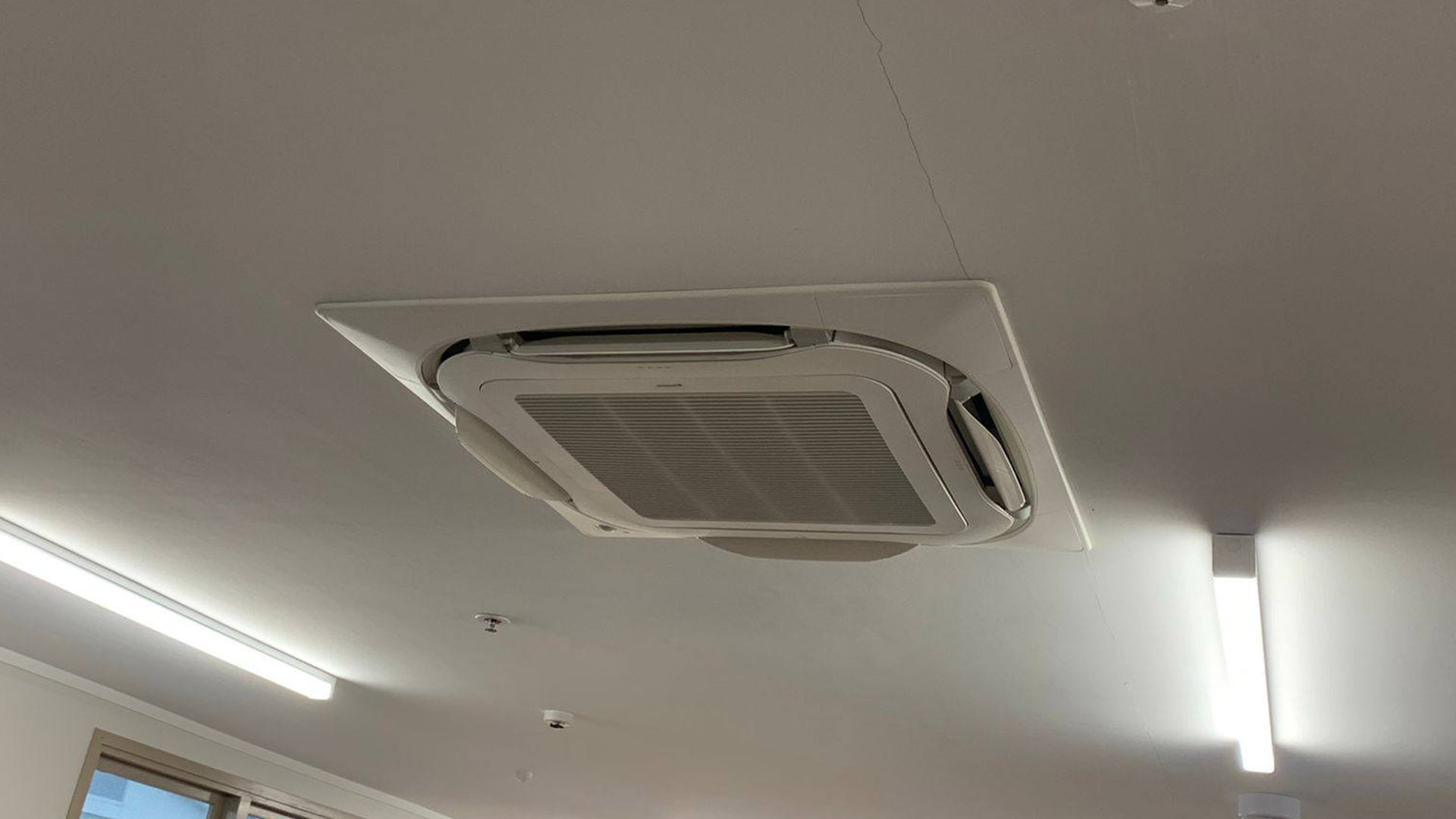
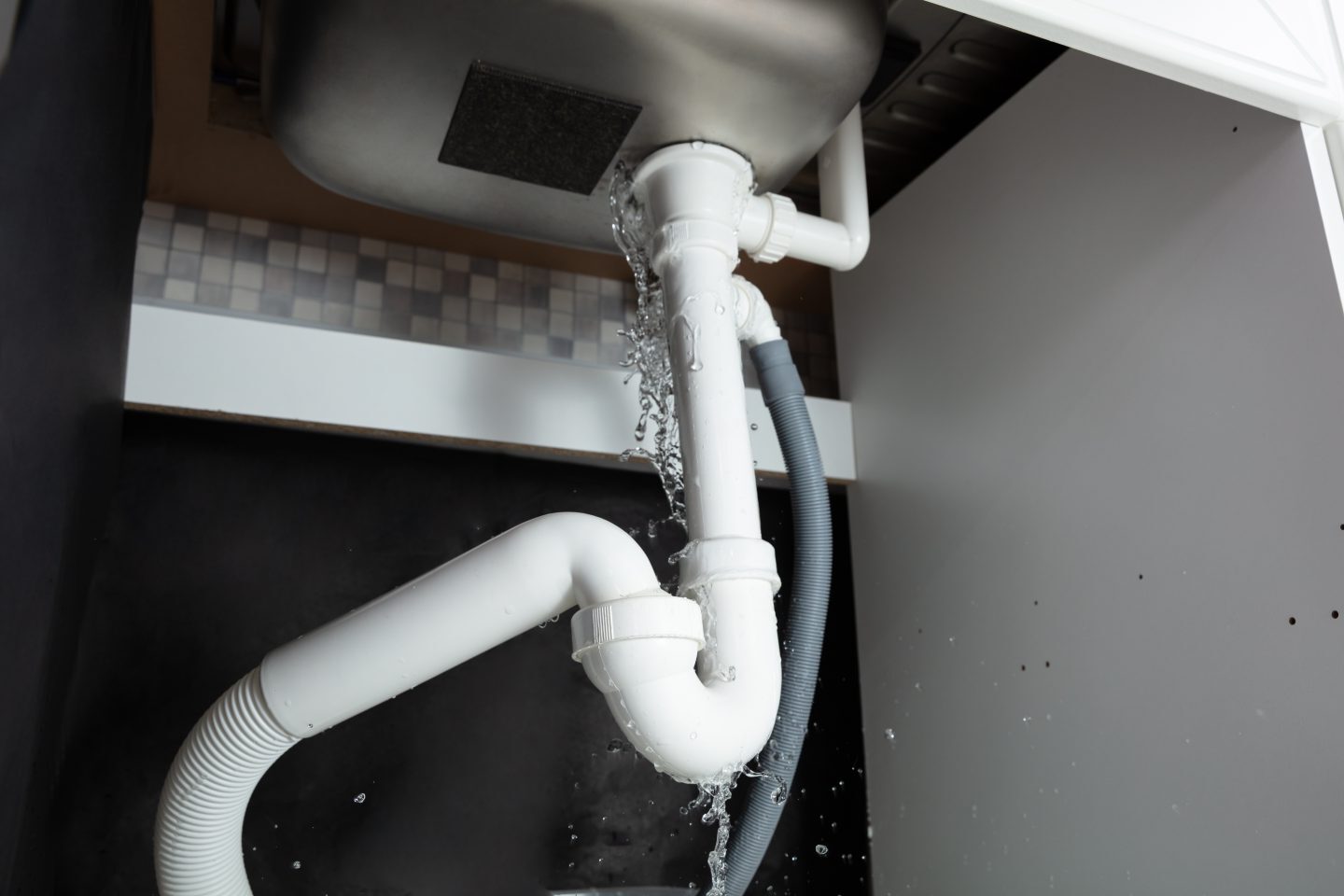





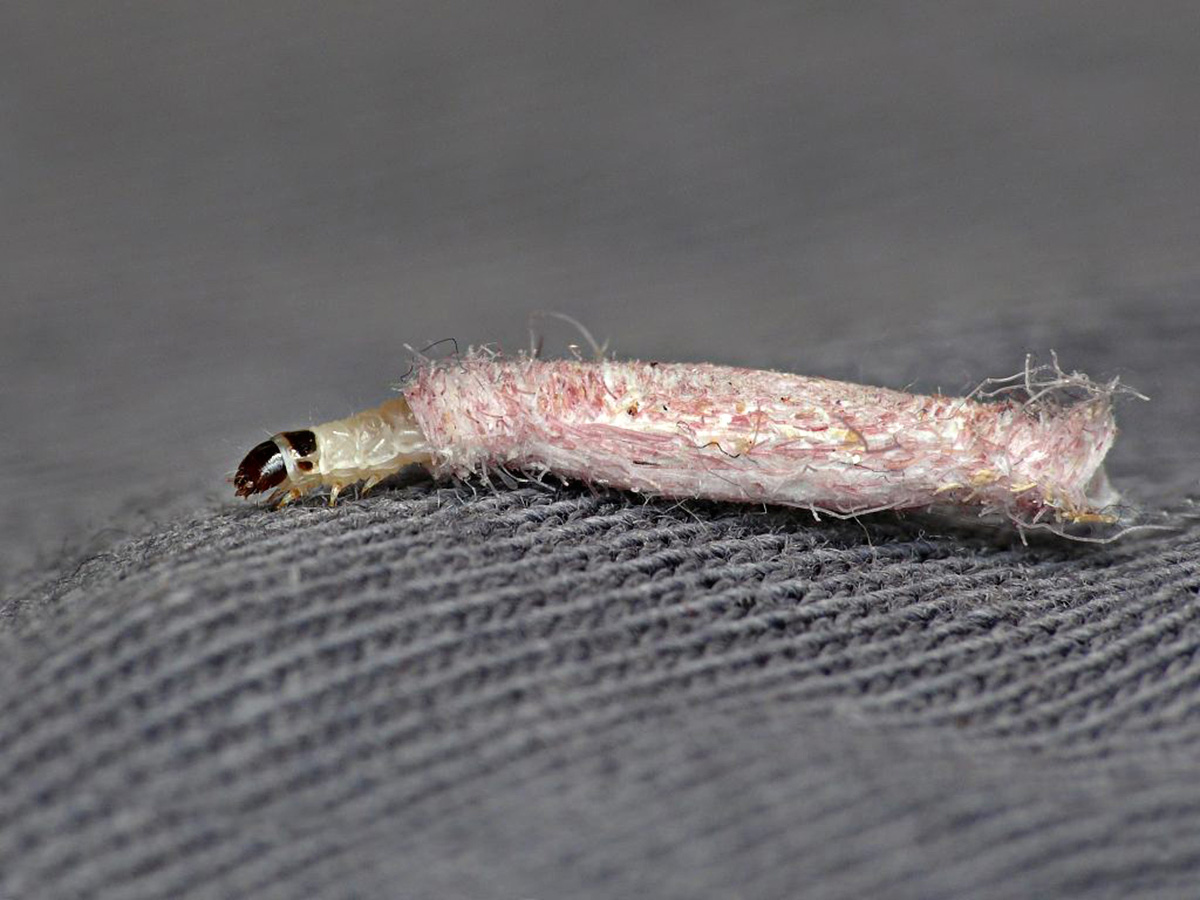

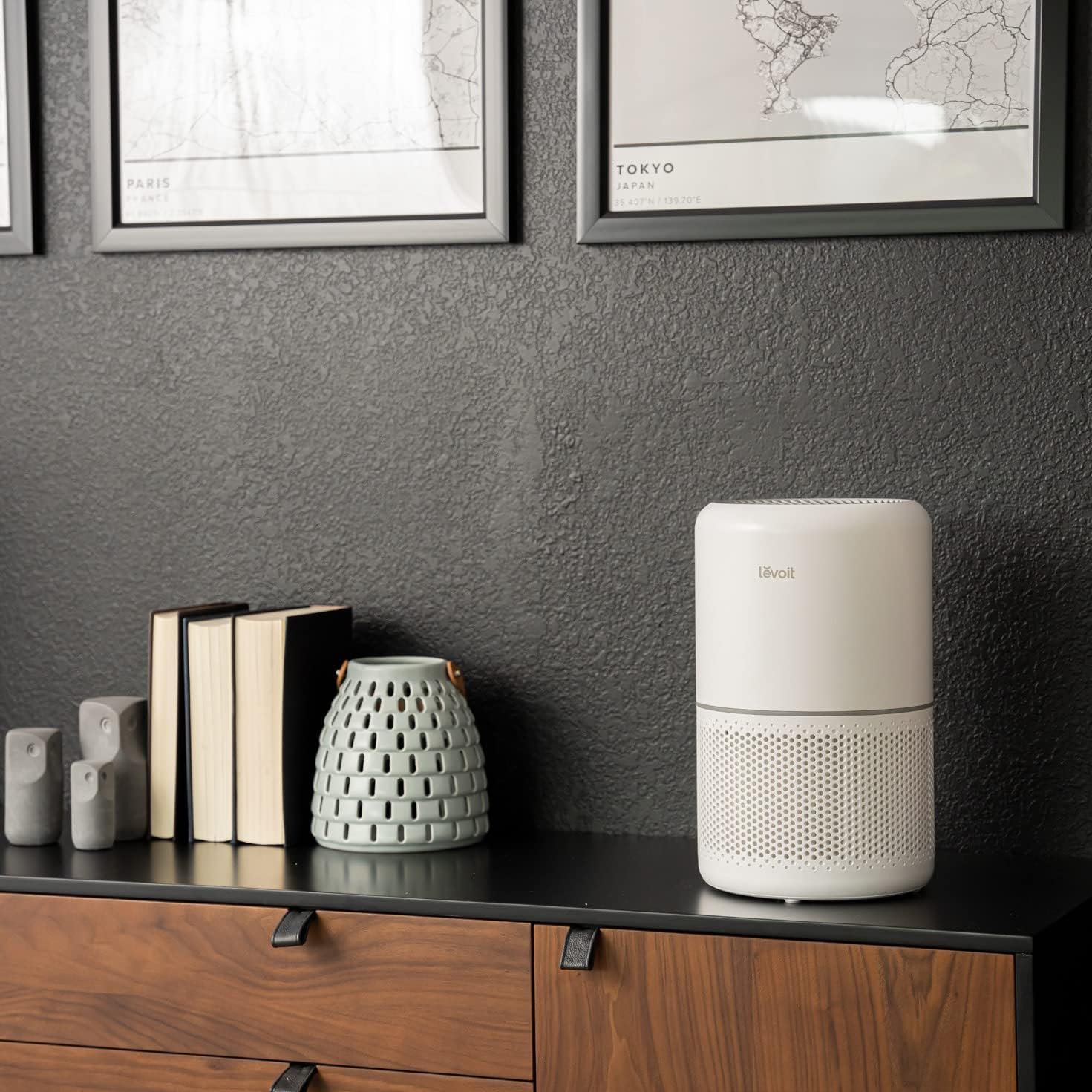
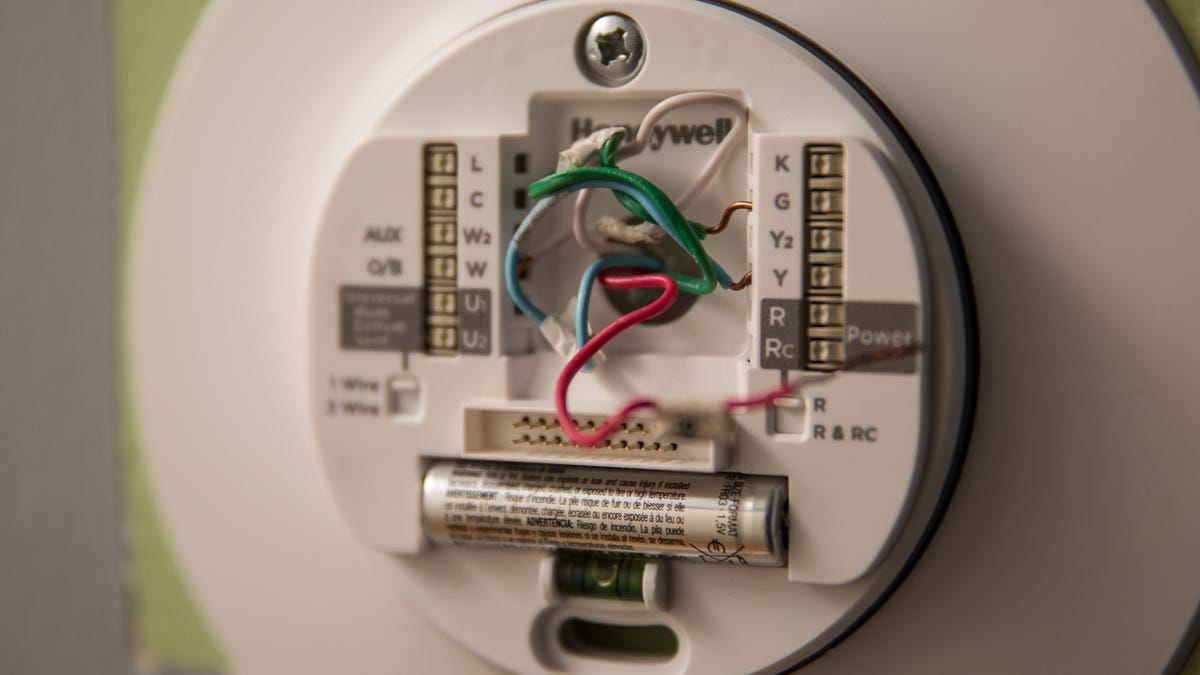

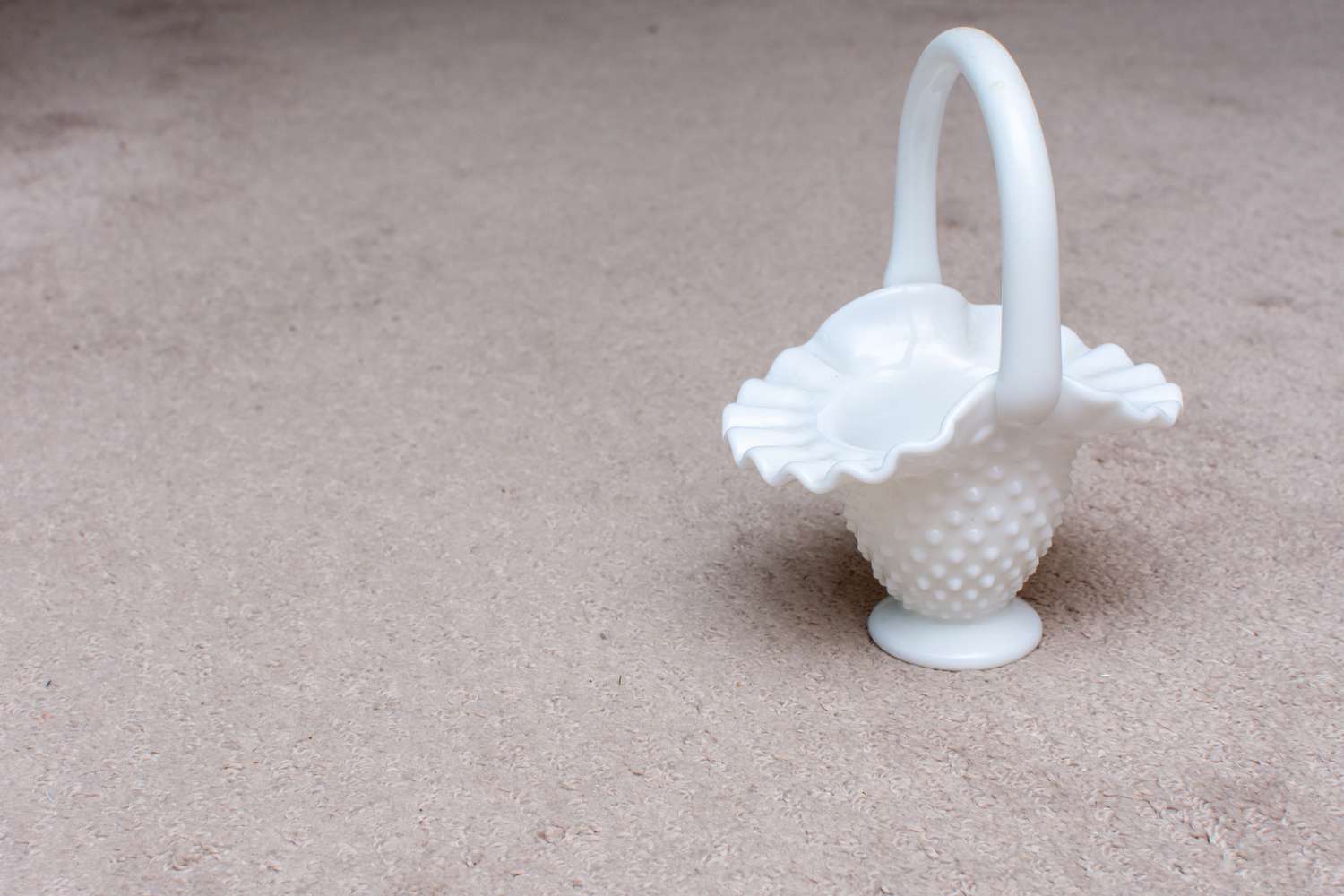


0 thoughts on “Indoor Air Quality: Identifying And Eliminating Common Toxins”